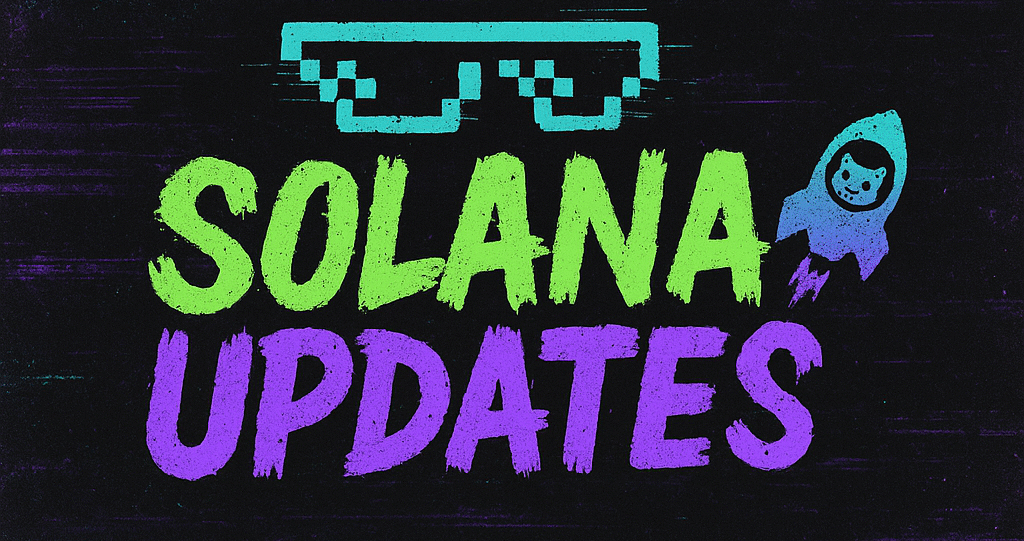State of Crypto: Skinny Master Accounts and Stablecoins – A New Era for U.S. Firms?
In a significant development for the cryptocurrency industry, Federal Reserve Governor Christopher Waller has proposed a new financial mechanism that could potentially reshape the landscape for stablecoin firms in the United States. This proposal centers around the concept of ‘skinny master accounts,’ a transformative approach that could provide stablecoin companies with direct access to the Federal Reserve’s payment systems.
What Are Skinny Master Accounts?
Skinny master accounts are essentially streamlined versions of the traditional master accounts held by banks. These accounts would allow non-bank entities, such as stablecoin issuers, to interact more directly with the Federal Reserve’s payment infrastructure. The proposal aims to simplify the process for stablecoin firms to manage reserves and settlements, thereby increasing their operational efficiency and reliability.
The Implications for Stablecoin Firms
The introduction of skinny master accounts could be a game-changer for stablecoin companies. By granting them direct access to the Fed’s systems, these firms would no longer need to rely on intermediary banks to conduct their transactions. This could significantly reduce transaction costs and settlement times, making stablecoins more attractive for everyday financial activities.
Furthermore, having a direct line to the Fed could enhance the credibility and stability of U.S.-based stablecoins. This is especially important in light of recent regulatory scrutiny and the increasing competition from central bank digital currencies (CBDCs) being developed around the world.
A Boost for Innovation and Competition
Governor Waller’s proposal is seen as a positive step towards fostering innovation and competition in the financial sector. By leveling the playing field, stablecoin firms could potentially offer more competitive services compared to traditional banks. This could drive technological advancements and encourage more widespread adoption of digital currencies.
Moreover, this initiative aligns with the Biden administration’s broader goals of promoting financial inclusion and innovation within the digital economy. By providing stablecoin issuers with the tools they need to thrive, the U.S. could position itself as a leader in the global cryptocurrency market.
Challenges and Considerations
Despite the potential benefits, there are several challenges and considerations that need to be addressed. Regulatory frameworks would need to be adapted to accommodate this new financial model, ensuring that consumer protections and financial stability are maintained. Additionally, the Fed would need to establish robust security protocols to safeguard against potential risks associated with granting direct access to non-bank entities.
Moreover, the proposal could face resistance from traditional banking institutions that might view this change as a threat to their current business models. Balancing the interests of various stakeholders will be crucial to the successful implementation of skinny master accounts.
Looking Ahead
As the proposal moves through the necessary regulatory and legislative processes, industry stakeholders will be watching closely. The outcome could set a precedent for future developments in the cryptocurrency sector and redefine the relationship between digital currencies and traditional financial systems.
In conclusion, Governor Waller’s skinny master accounts proposal represents a bold step forward for the U.S. stablecoin industry. By potentially granting stablecoin firms unprecedented access to the Federal Reserve, this initiative could pave the way for greater innovation, competition, and financial inclusivity in the digital age.
🛒 Recommended Product: Check out top-rated crypto gear on Amazon


